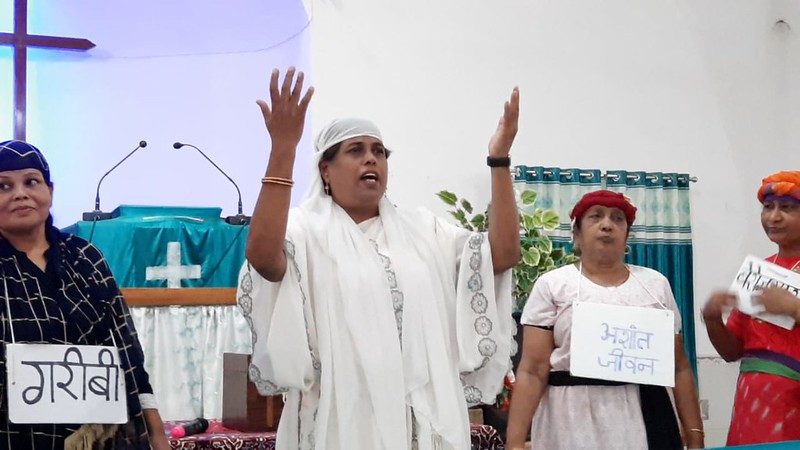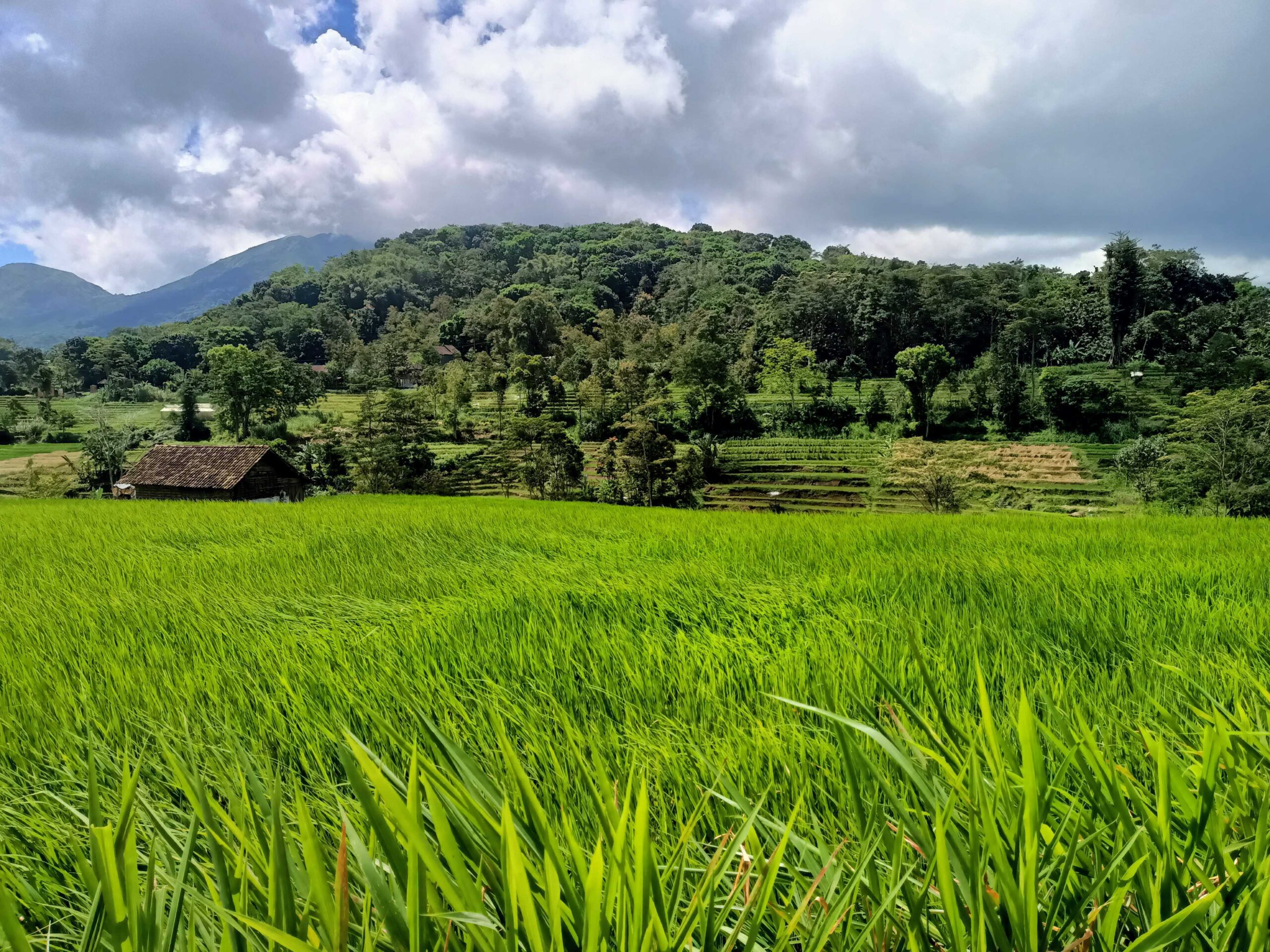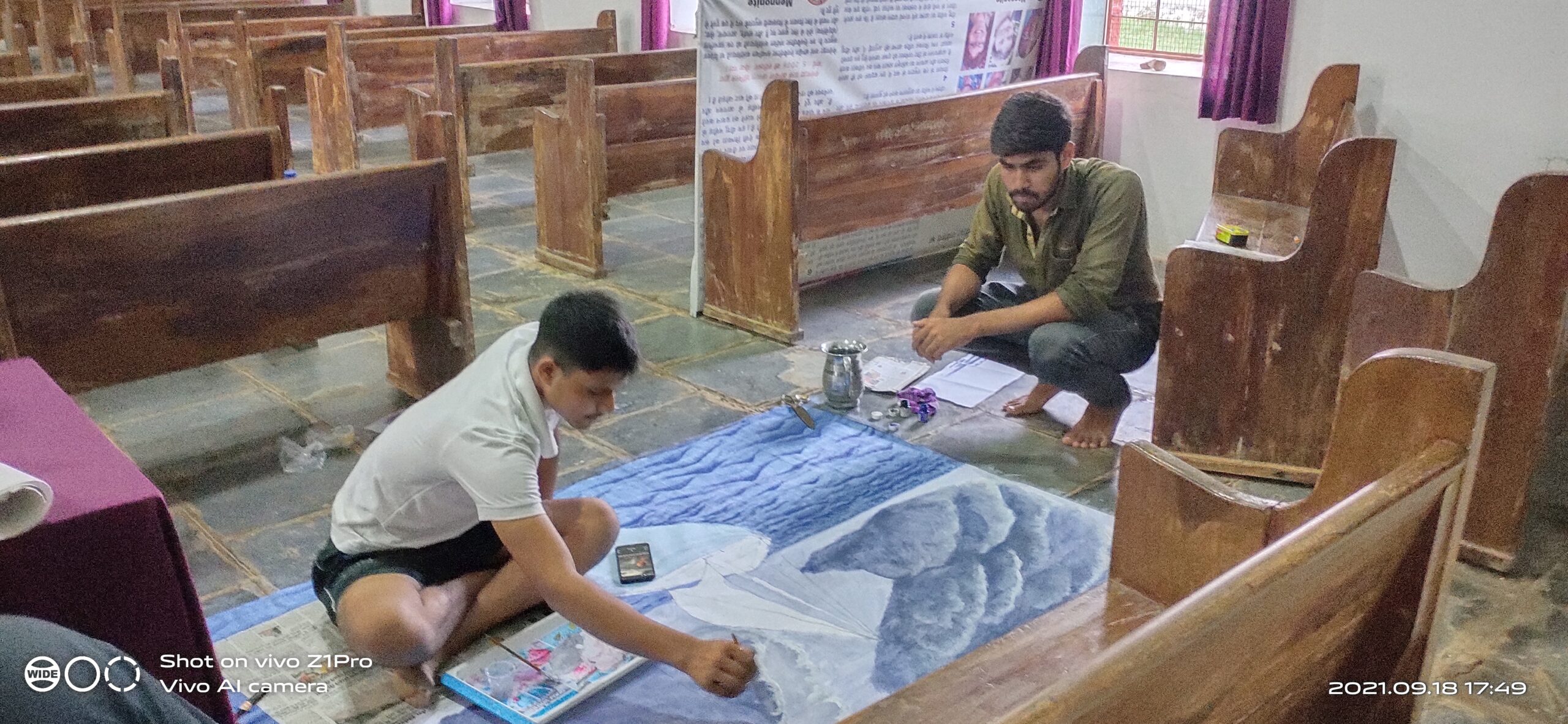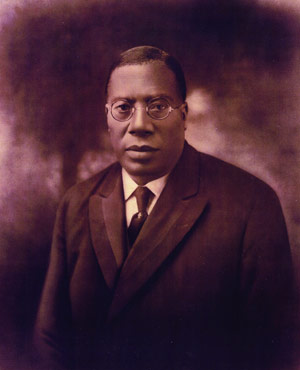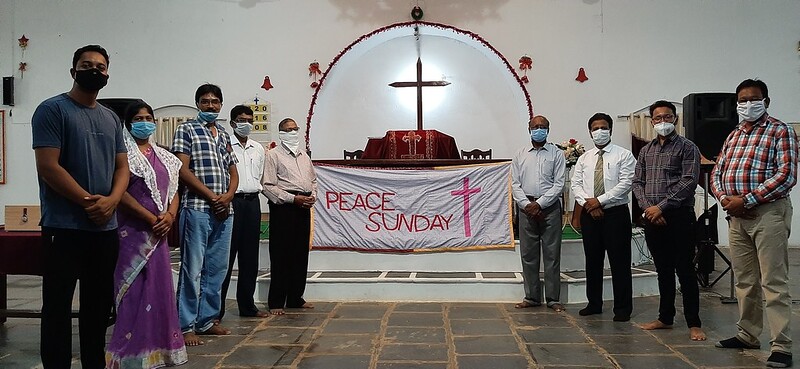-
Jesus’ message of resilience and liberation
Reading: Matthew 5:3-20 In June 1981, our family moved to Cochabamba, Bolivia, where my parents were to teach in a Baptist seminary that wanted more Anabaptist input. We arrived at a particularly raucous point in Bolivian history. In July 1980, Luis García Meza, a commander of the Bolivian army, led a coup d’etat, initiating a…
-
Finding new ways to respond
Resilience in the face of the pandemic When we look back at what happened in the last two years all throughout the world, one could just offer a sigh. We were never prepared for this. Being locked down for several months in the Philippines forced us to reconfigure our social life. We tend to look…
-
Peace with broken pieces
The power of resilience A Peace Sunday 2022 testimony “The vessel he was making of clay was spoiled in the potter’s hand, and he reworked it into another vessel, as seemed good to him” (Jeremiah 18:4). This theme has been discussed a lot recently, especially since the pandemic, while some of us may be struggling with…
-
Peace Sunday 2022 – Activities page
Download and print the page to cut out fruits and vegetables for the Peace Sunday activity. https://mwc-cmm.org/resources/peace-sunday-2022-worship-resource
-
Peace Sunday 2022 – worship resource
Theme and texts Theme Being a new creation in the midst of external turmoil Why this theme was chosen How do we maintain resilience in hardship, turmoil and conflict? How do we maintain our hope for something better when times are tough? This year’s Peace Sunday resources will explore the ways in which people throughout…
-
Peace amid the storms of life
“As followers of Jesus, we follow his example and work to bring peace in the midst of chaos.” Member churches around the world celebrated Peace Sunday 2021 using Mennonite World Conference’s Peace Sunday worship resource: “Finding hope and healing in crisis.” Amos Ganjboir and Rajendra Masih at Bethel Mennonite Church, Balodgahan, India, worked for three days to paint a backdrop and…
-
A weekend of prayer and action against hunger 2021
“Give us each day our daily bread” Across the globe, more than 41 million people – around half of them children – are now at risk of starvation in 43 countries. The global hunger crisis is driven by conflict, by climate change; and by the economic impacts of COVID-19. Even in countries where some have…
-
Peace Sunday 2021 – Prayers
Establish your peace Dear God, In these times of searching for peace and resolution to conflictsEstablish your peace, O Lord! In the midst of corruption, impunity and violence,Establish your peace, O Lord! In the midst of the journey of your Colombia people,Establish your peace, O Lord! In this searching for justice and peace for Colombia,Establish…
-
Peace Sunday 2021 – Songs
Stand by Me When the storms of life are raging,Stand by me (stand by me); (2x)When the world is tossing meLike a ship upon the sea,Thou who rulest wind and water,Stand by me (stand by me). –Charles Albert Tindley (1851–1933) was a self-taught songwriter and Methodist Episcopal minister. Hymnary.org says: “Tindley was known for being…
-
Peace Sunday 2021 – Liturgies for gathering and benediction
Call to Worship: Turning a cheek Strength is commanding the wind and sea to obey,Strength is wielding a slingshot in the face of a raging giant.Strength is accepting vulnerability from inside the boat,Strength is standing in solidarity with the powerless.Strength is turning a cheek,Strength is loving an enemy.We come to worshipa God who redefines our…
-
Peace Sunday 2021 – worship resource
Click below to download Theme: Finding hope and healing in crisis Why this theme was chosen: In these gospel passages, Jesus brings salvation in the midst of crisis. We desire and need this peace, especially after this year! And as followers of Jesus, we follow his example and work to bring peace in the midst…
